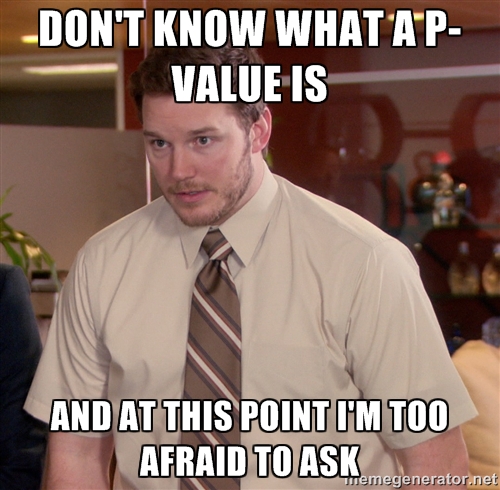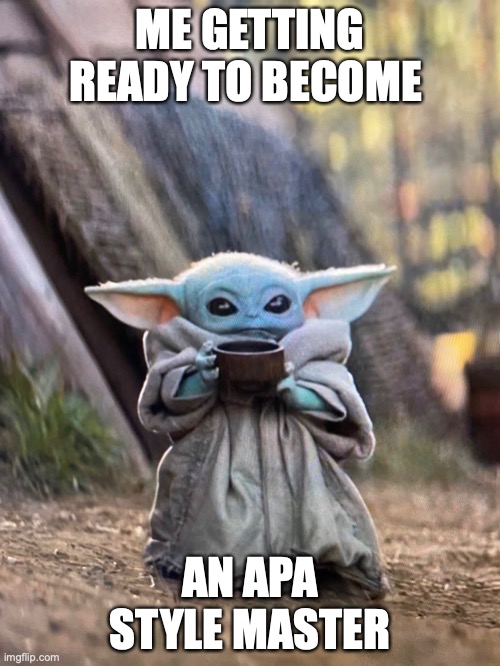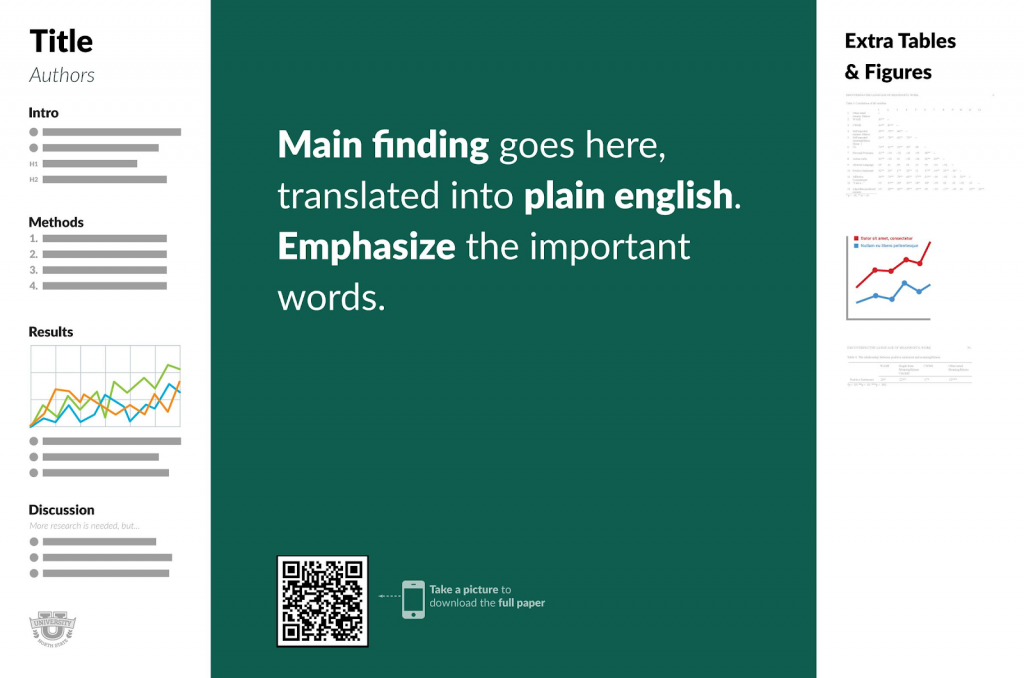Videos: What Is a p Value?
Knowing what p values tell us can be tricky to teach. Here are several videos that help explain exactly what p-values are (and aren’t) able to tell us. Each video essentially covers the same content so which one you use can be a matter of personal preference.
Videos: What Is a p Value? Read More »










